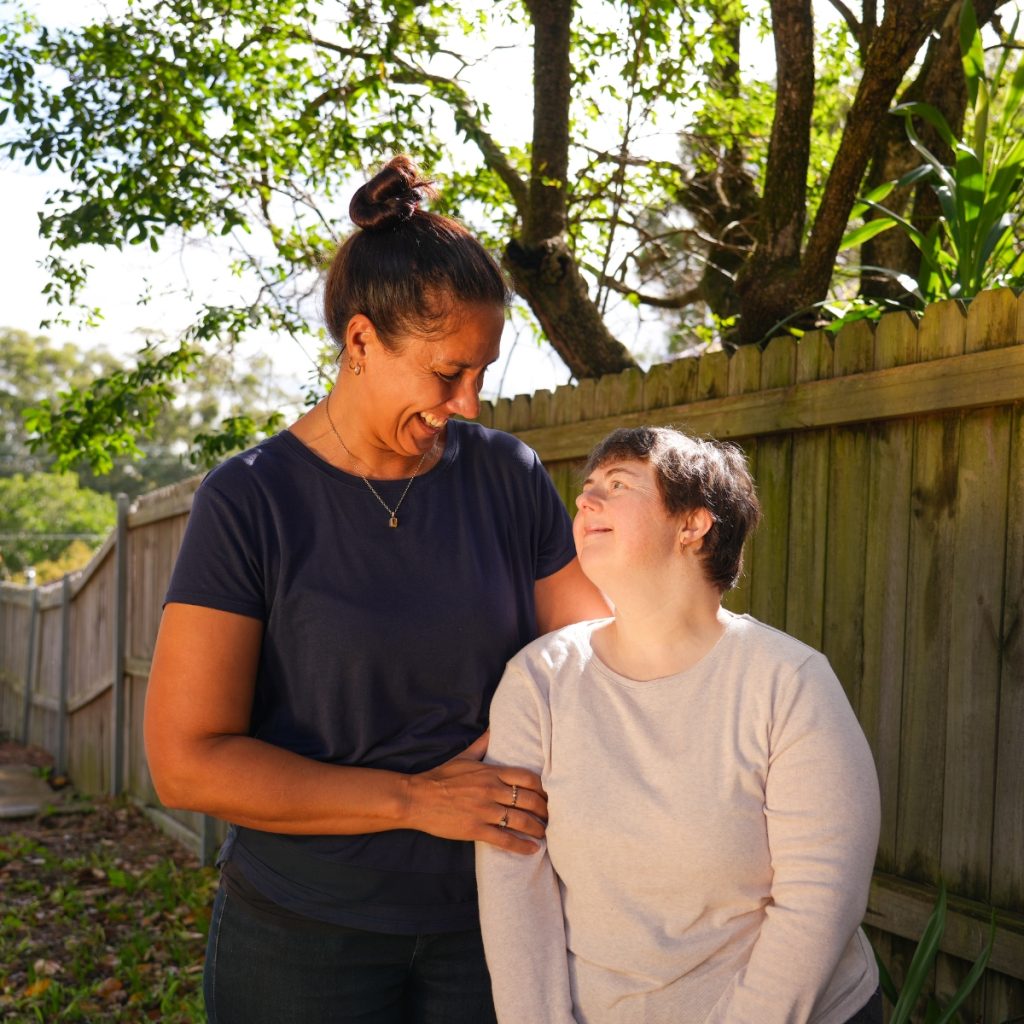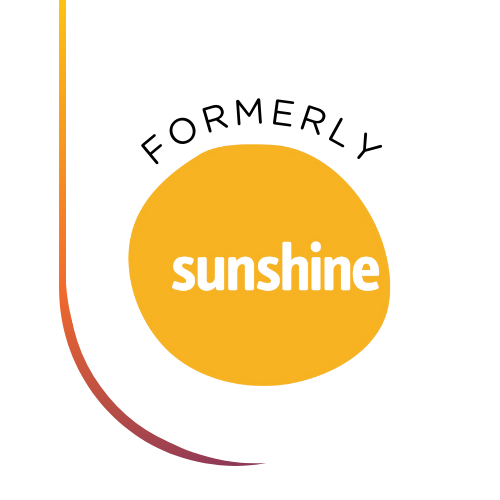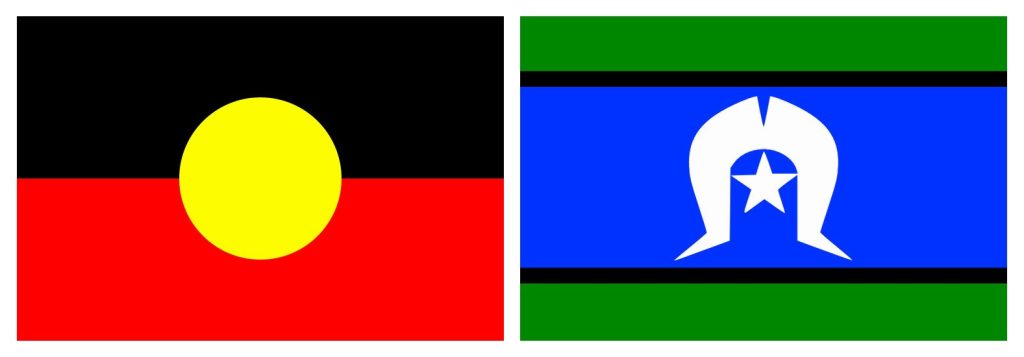You might be surprised to learn that one in five Australians today has some form of disability, which equates to about twenty percent of the population. Like counting stars in the universe, the sheer number and types of disabilities is often unknown or misunderstood. There are, in reality, innumerable types of disabilities that exist – some are more common than others and some, like mental illness, epilepsy, neurological functioning and sensory differences, are invisible.
Disability is broadly defined as an impairment in body function or structure, an activity limitation (the tasks a person does), or restricted participation (the involvement of a person in life situations). This is primarily based on concepts from the World Health Organisation’s (WHO), International Classification of Functioning, Disability and Health (ICF).
But the very nature of disability is as diverse as a brightly woven patchwork quilt. A disability may be permanent or temporary. It may be present at birth, acquired in an accident or develop with age. It may also have a moderate or significant impact on a person’s life.
The Disability Discrimination Act (1992), covers a wide breadth of disabilities including intellectual, physical, mental illness, sensory, neurological, learning disability and more.
Intellectual
Intellectual disability (ID) is a disability which occurs in the developmental period of life – that is, before the age of 18, and it’s the most commonly recorded disability in Australia. An estimated half a million Australians have an intellectual disability and a majority (61%) of those people have a severe or profound limitation in performing daily tasks.
ID is characterised by below average intelligence and a lack of skills necessary for day to day living. The terms mild, moderate, severe and profound have been used to describe the severity of the condition.
Severe cases of ID may be diagnosed soon after birth, however, children with a milder form of ID might not be diagnosed until they fail to meet common developmental goals.
Causes of ID include genetic conditions, difficulties during pregnancy and birth, illness and environmental factors. Examples include: down syndrome, tuberous sclerosis and cri-du-chat syndrome.
A person with ID has limitations in two areas:
- Intellectual functioning or IQ – referring to a person’s ability to learn, reason and make decisions. Note, people with intellectual disabilities can and do learn new skills, but they learn them more slowly. A person is classified as having an intellectual disability if their IQ score falls below 70.
- Adaptive behaviours or skills – which are necessary for day-to-day living. This includes being able to communicate with and understand others, socialise with family and friends and take care of oneself.
Physical
Physical disabilities impact a person’s ability to perform physical activities and can be related to limited mobility. The loss of physical capacity results in the person having a reduced ability or inability to perform body movements such as walking, moving their hands and arms, sitting and standing as well as controlling their muscles. Each person is affected differently but the net effect is that daily tasks take longer to complete and an individual may also experience psychological and wellbeing issues as a result.
Both the causes and types of physical disability vary immensely. A person may be born with a physical disability or acquire it through serious illness, disease or accident.
Examples of physical disability include spinal cord injury, acquired brain injury, muscular dystrophy, motor neurone disease, spina bifida, cerebral palsy, epilepsy and amputations.
A damaged spinal cord means the use of limbs below the level of injury is impossible. As well as lack of movement, it means a loss of control, mental and physical wellbeing, independence and freedom. Approximately 20 000 Australians live with a spinal cord injury (SCI) today, with debilitating effects. A SCI can happen to anyone at any time, however according to SpinalCure this type of injury mainly happens to males aged between 15 and 24 years of age, often acquired during rigorous or higher risk physical activities.
Acquired brain injury (or ABI) describes multiple disabilities arising from damage to the brain acquired after birth. It can be caused by an accident, stroke, infection, drug abuse or by diseases such as Parkinsons. The results include deterioration in cognitive, physical, emotional or independent functioning. According to the Australian Bureau of Statistics (ABS), over 700 000 Australians have a brain injury – predominantly men aged under 65 years of age.
Mental Illness
Mental illness is widespread in Australia and impacts not only the individual with the illness but those around them as well. At least 690,000 Australians live with complex mental illness (CMI) and over four million Australians are affected.
A mental illness is defined as a health problem that significantly affects how a person feels, thinks, behaves, and interacts with other people. It’s a disease of the brain that can seriously affect people’s lives and limits their daily activities.
There are many different types and degrees of severity of mental illness, all diagnosed according to standardised criteria. According to the Department of Health, an estimated 3% of Australian adults have severe disorders, judged according to the type of illness (diagnosis), intensity of symptoms, duration of illness (chronicity) and the degree of disability caused. Mental illness doesn’t discriminate. It’s a silent disease and some of the major types include: depression, anxiety, schizophrenia, bipolar mood disorder, personality disorders and eating disorders.
Not all mental illnesses qualify for the NDIS. To meet the eligibility rule, the National Disability Insurance Agency (NDIA) states that an individual must “have an impairment or condition that is likely to be permanent (lifelong) and that stops you from doing everyday things by yourself.” This includes difficulty with daily activities such as communication, learning, transport, participation in community life and self-care, as a result of the illness. Once approved for an NDIS plan, people can expect to become more independent and financially secure. They may be assisted to find employment and to make connections in their local community – all aligned with their personal goals and aspirations. Clinical services however, such as psychiatry or medication are not funded by the NDIS.
For immediate support for you or a loved one please contact Beyond Blue or call Lifeline on 13 11 14.
Sensory
As the name suggests, sensory disabilities affect one or more of a person’s senses: sight, hearing, smell, touch, taste, or spatial awareness.
If one or more of your senses are impaired, understanding the world around you becomes difficult. Daily activities such as reading the newspaper, using a telephone, speaking and learning may all present a challenge.
Examples of sensory disabilities include hearing impairments, vision impairments and autism. The results can be severe restriction in communication and mobility, as well as in the ability to participate in community life.
The rich fabric of Australian life is comprised of many different types of disabilities, from intellectual, physical and mental illness to sensory disabilities and many more. You may not see a person with disability in your everyday life, especially as some disabilities are silent and hidden, however a significant proportion of our population has been identified as having a disability, including children and adults. At Unisson, we celebrate this diversity and support people with all types of disabilities. Our vision is a world where every person is welcomed – truly welcomed and not just waved at.
For more information on Unisson’s range of support services, please visit us online or call 1800 266 444.






